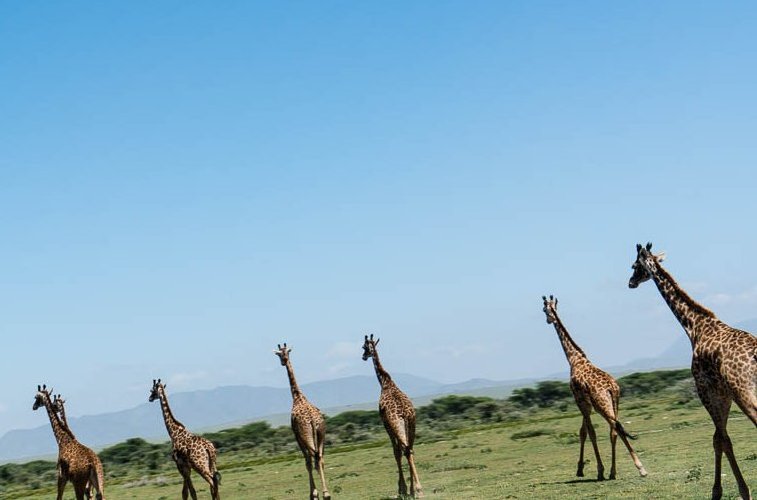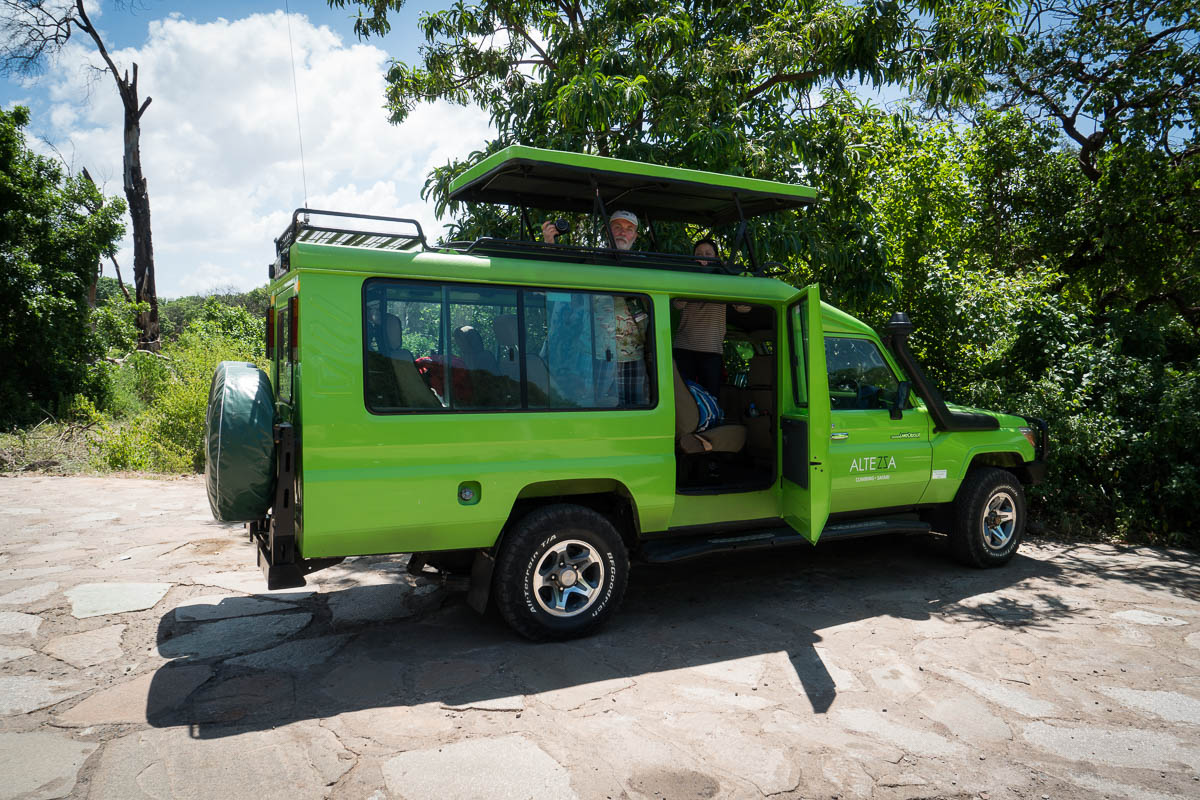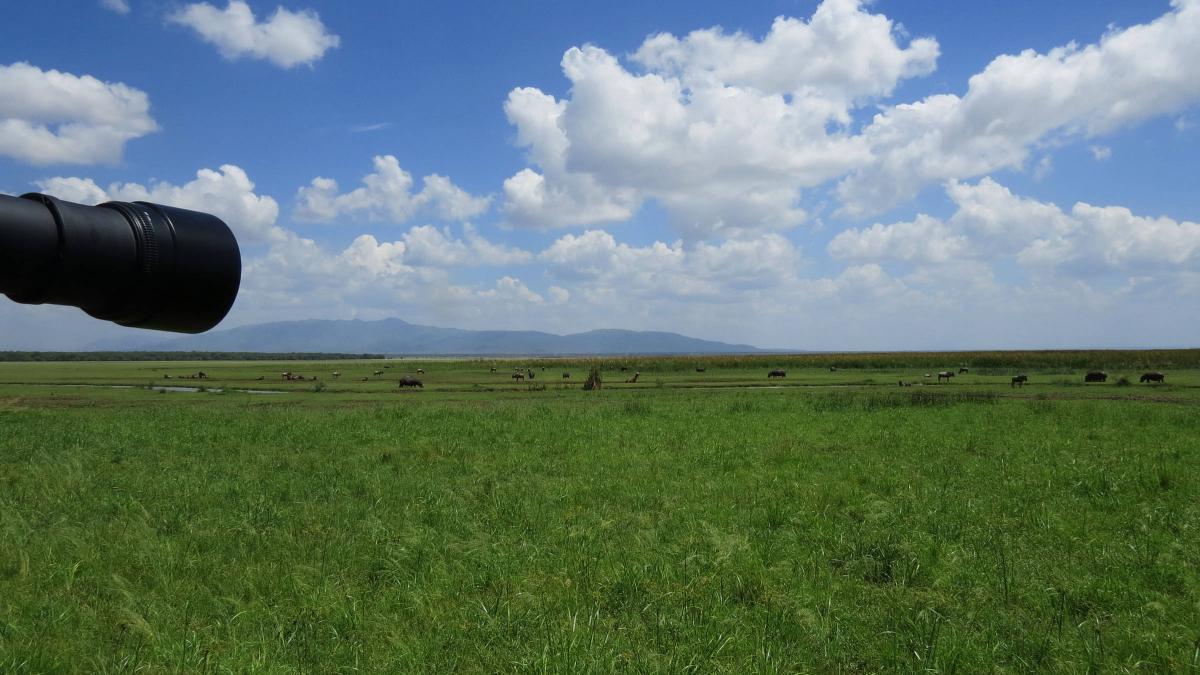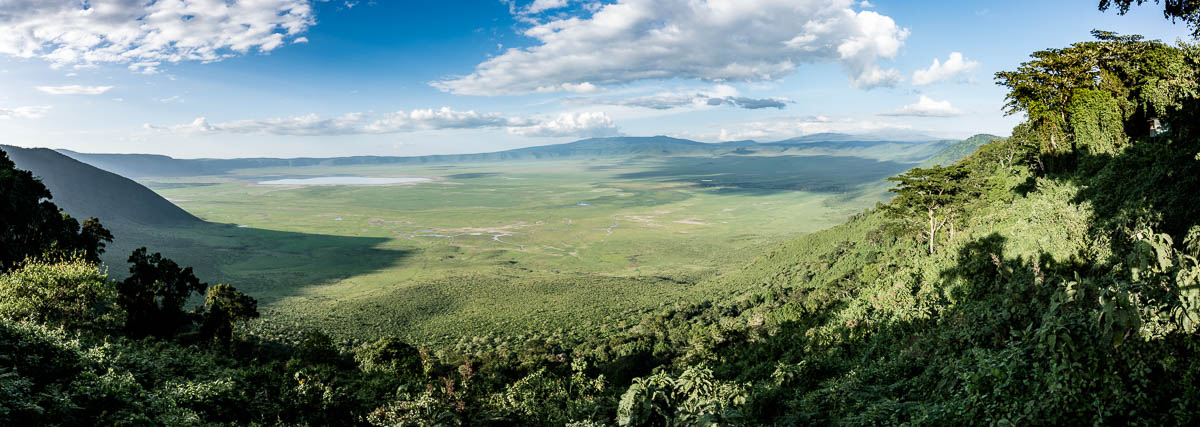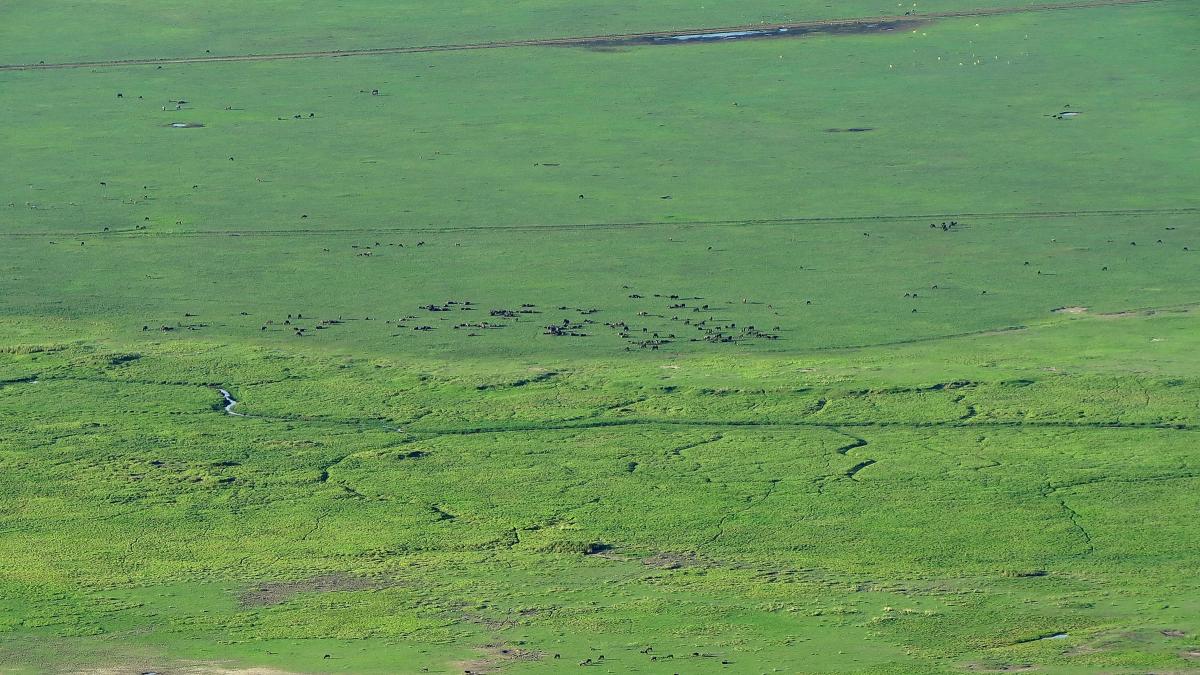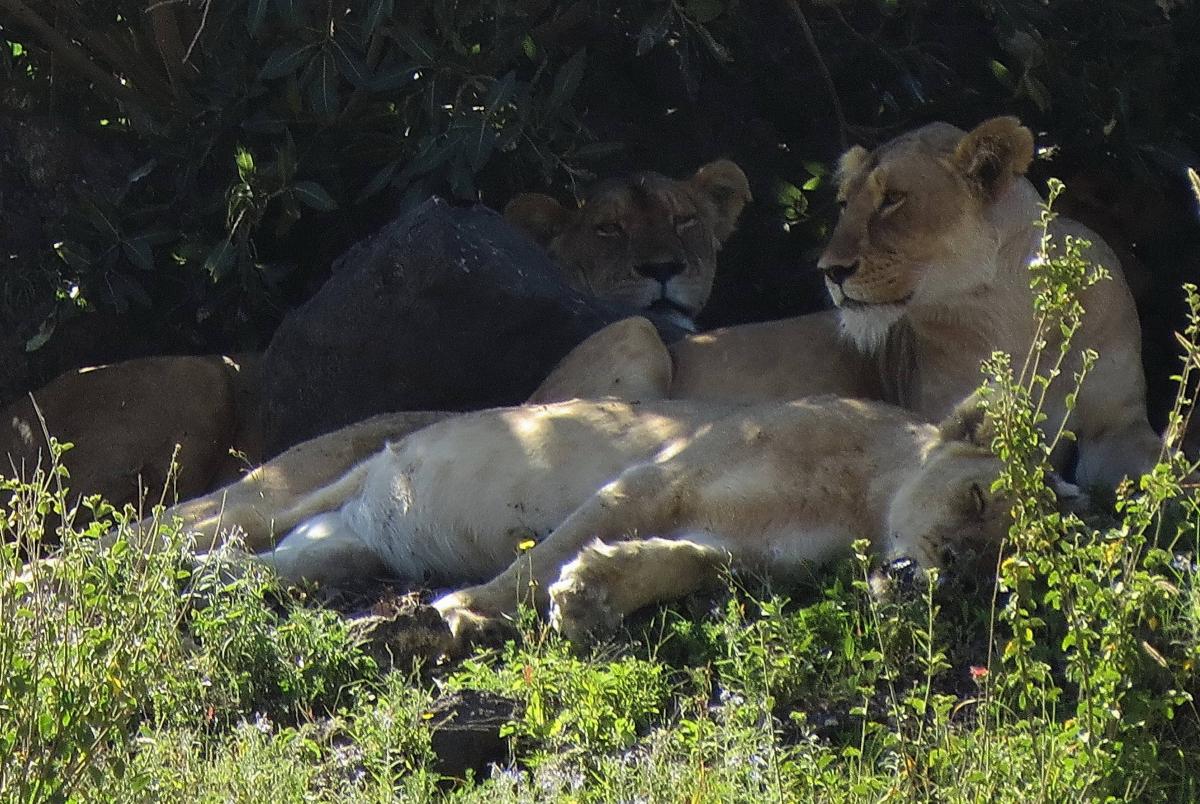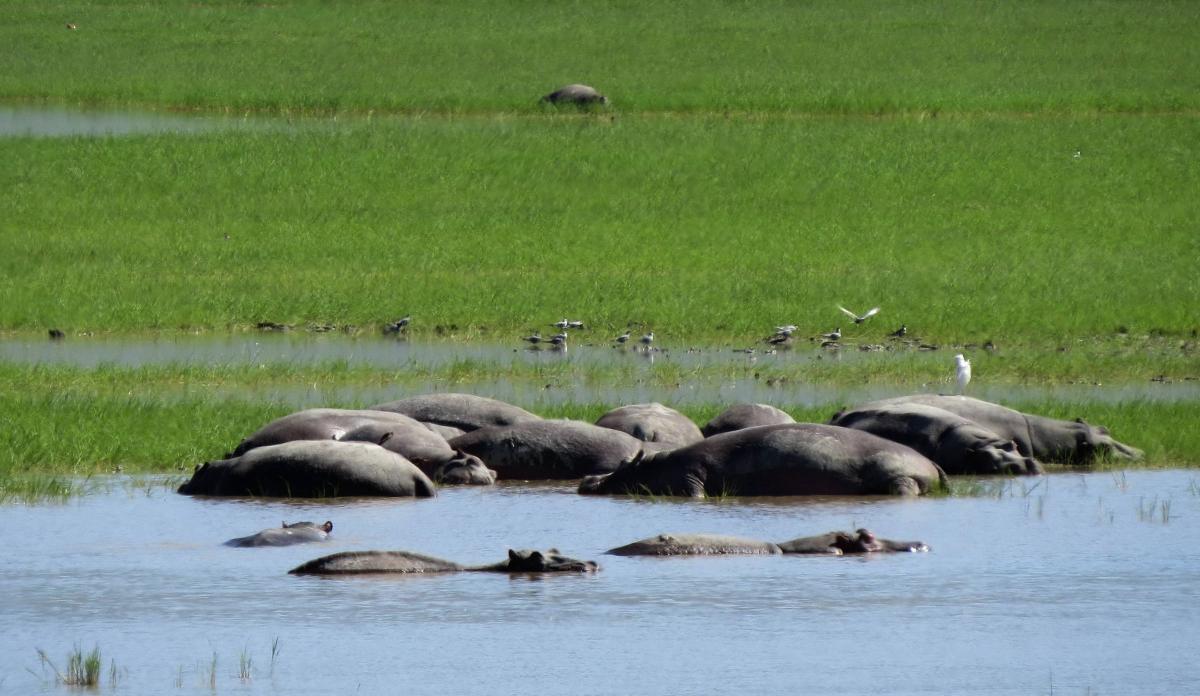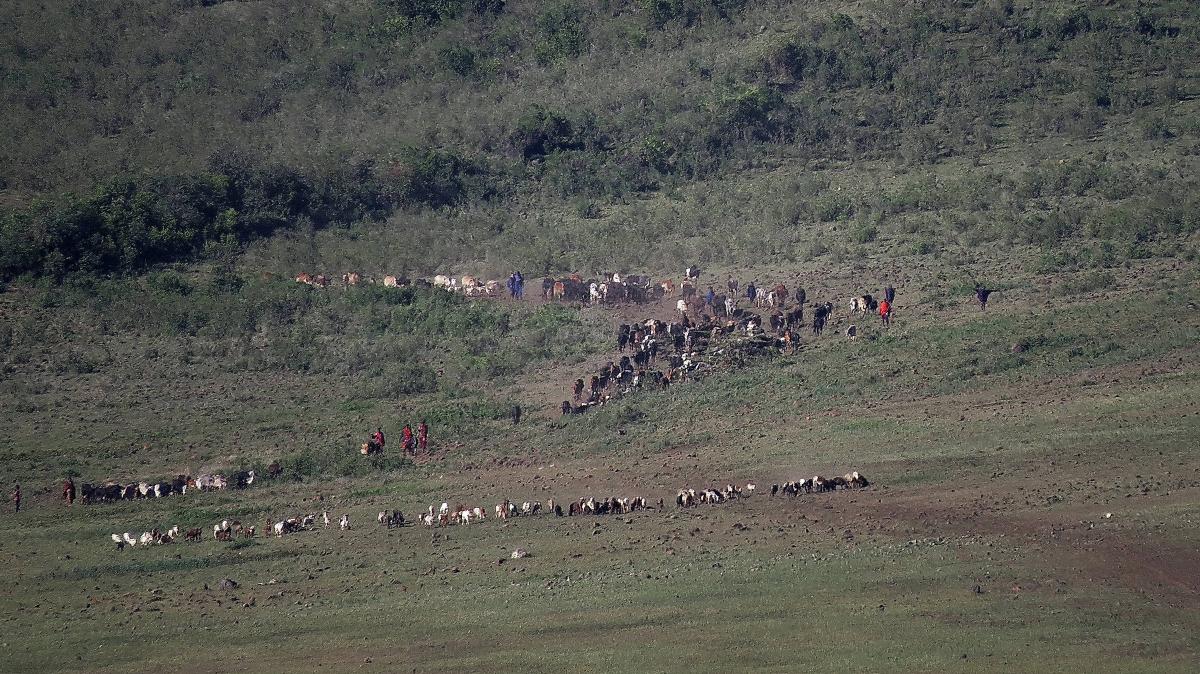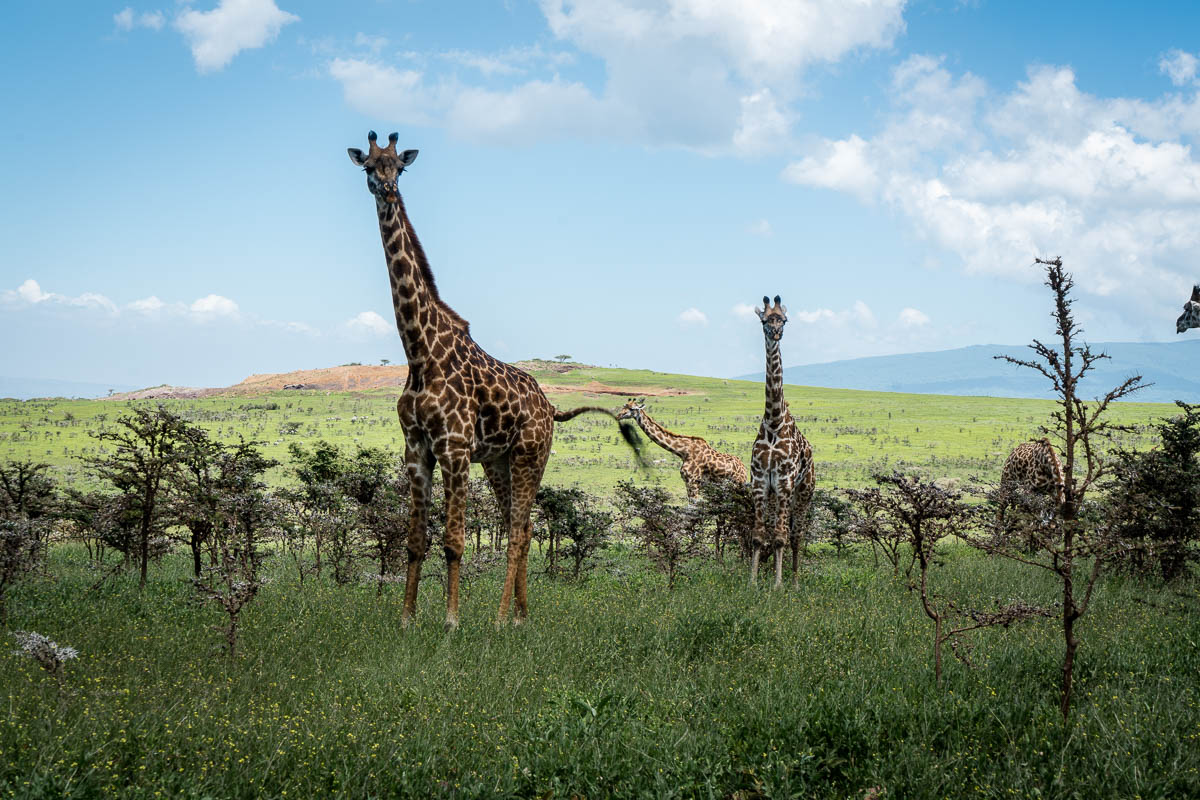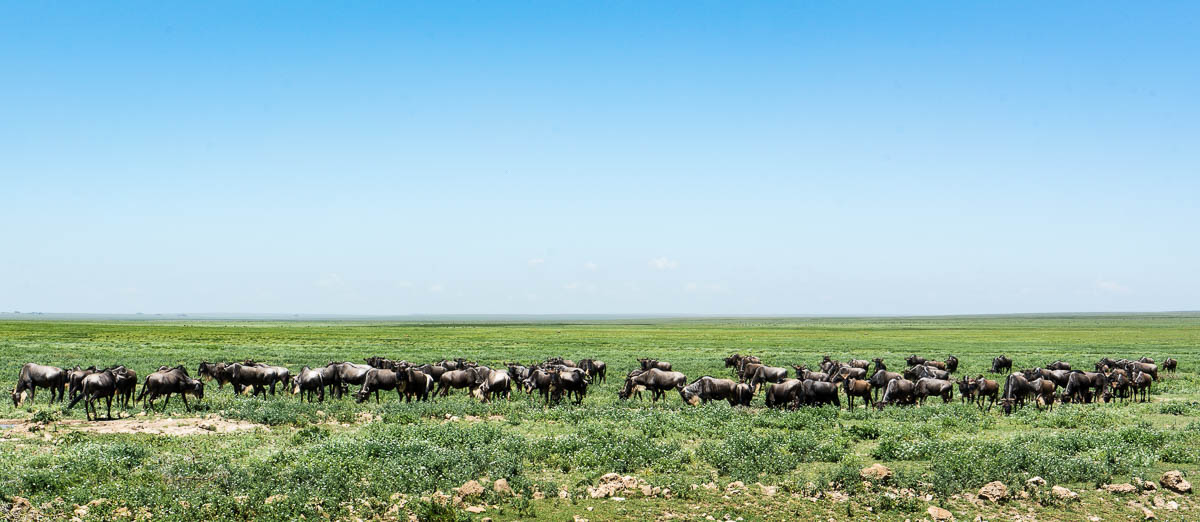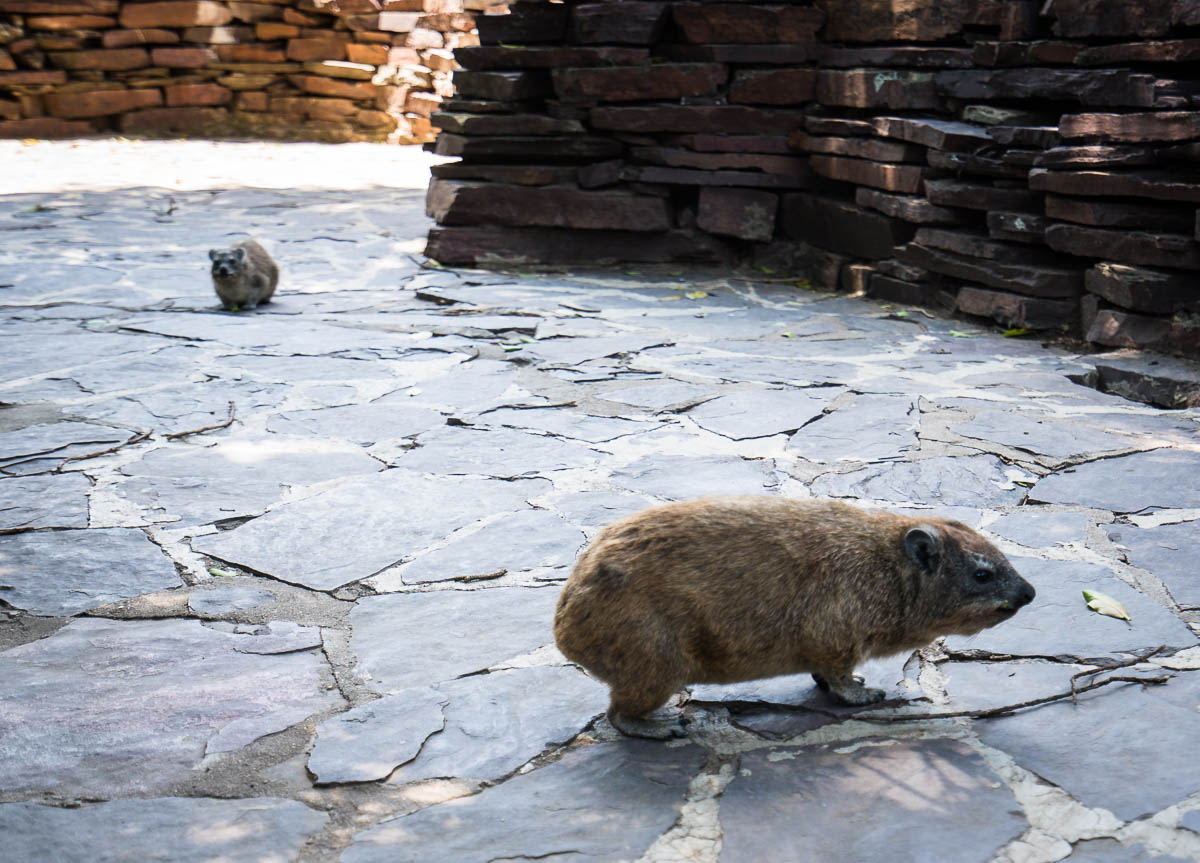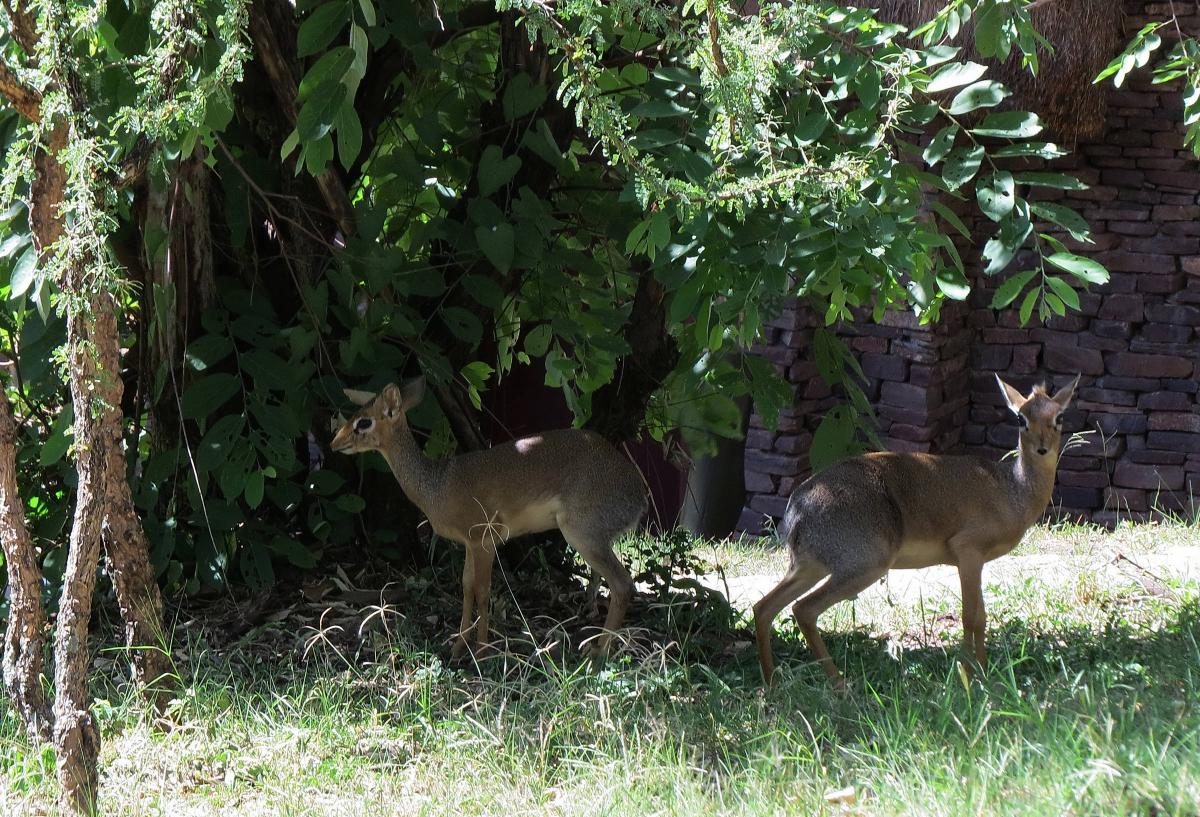January 28, 2016
Safari!
Just two weeks in Tanzania over the New Year break, but soooo many impressions! And you, dear blog readers, are only half-way through those impressions…
After coming back down Kilimanjaro to the plains below, before we had time to utter ‘acclimatization’, we were whisked off… on an African safari!
Initially, the colonial meaning of the term ‘safari’ meant ‘to go and shoot wild animals in Africa’, not necessarily to later eat them or even use their hides for whatever; just like at a shooting gallery – only with live targets. Time has passed and mores have changed for the better, and now the term means ‘to look at wild animals in Africa (from a car or jeep)’… and take photos of them in all their wild poses.
https://www.instagram.com/p/BAzBieOuiQ9/
Wikipedia states that the word safari comes from the Swahili term for ‘journey’. Aha! So, I add that to my concise (jeans’ coin pocket!) Swahili dictionary (in addition to Hakuna matata)!
So, after descending Kili, we began the second stage of our adventure. Mercifully, it was a mobile stage – in cars, after seven days on our feet. Pheeeew! Off we headed – across the national parks of Tanzania. Safari! Birds and beasts! Maybe a long-held dream of mine would come true – to scratch a crocodile behind the ear and gently tug a hippopotamus by the tassel of its tail. And let’s not forget checking out the African Big Five: the lion, elephant, buffalo, leopard and rhinoceros. (We saw them all!)
Of course there are also hippos and giraffes (all ‘big’!) to be seen, but for some reason they aren’t in the Big Five list. We saw both species – in very big quantities.
// Photos in this and further posts aren’t only mine; those of V.K and Petrovich are used too.
All righty, let’s go! Ahead lie three national parks/nature reserves:
Manyara, Ngorongoro and Serengeti.
Manyara.
This park is best known for its millions of… flamboyances of pink flamingos. Alas, the park’s lake is all dried up, so we couldn’t see a single one – not even through binoculars.
The Internet states that the drying up of the lake is a seasonal phenomenon. Our driver/guide told us that the lake has been dry for several years already. While a passer-by told us about some eco-activists from developed countries who came and decided to save the ecology of the lake, clearing it of some kind of dangerous algae. But it turned out that this dangerous algae made up part of the daily ration of the flamingos! Naturally, needing to eat, they just flew off (to the north to Kenya). I couldn’t work out what really did cause the drying up of the lake and the lack of flamingo; I can only confirm the result: very dried up, and very un-flamingoed.
But we did see loads of other beasts of different sizes and quantities…
We were particularly impressed by the elephants grazing by the roadside.
Every different species of animal produced in our group genuine rapture, and much busy clackety- clack of… you know.
Who would have thought that Manyara was just a warm-up before Ngorongoro and Serengeti? So we were eagerly anticipating the greater scale of our upcoming parks…
Ngorongoro.
This is a gigantic round caldera (crater) 20km in diameter and with fairly steep walls all around, and a UNESCO World Heritage Site to boot. From its edge, across the whole crater can be seen tiny specks that sometimes move, sometimes in groups. Those specks turned out to be large animals – not that you’d guess through binoculars…
They say that large beasts like the rhinoceros and hippopotamus can’t get up the crater walls (~600 meters high) to get out. But then, they probably don’t need to – they’re well fed down in the crater ). Our guide told us that elephants are cleverer than the other large animals and get out of the crater by slowly traversing the walls in a zigzag fashion – much like a serpentine road will wind up a mountain. As for smaller animals – zebras, antelopes and all the rest – they’ve no problem getting out, going up and down, back and forth whenever they feel like it.
Here they are all together:
In Ngorongoro there’s place called Elephants’ Graveyard. According to legend, submitting to instinct, elephants come here to die – alone. They’ve been doing this for eons, so there are a lot of bones to be seen here. Just like with the dry lake and the flamingos though, there’s more than one theory behind this phenomenon.
One of them is that the elephants would crowd here during a famine since it was one of the few places where there was some food to be found. The food soon ran out though, so the elephants died there of starvation. Another theory states that old and toothless elephants (due to old age and having used up their quota of (several) sets of teeth (see below paragraph)) would search for soft food they’d be able to chew with their gums and the few remains of their teeth. Such food can be found usually in moist/swampy places – and the ‘cemetery’ just happens to be such a place. They’d finish their chewing and pass away, not getting up from the ‘table’.
Btw, data on how many times elephants get new sets of teeth vary. Here, for example, they say about four changes; here about five; and here around as many as six. Surely it depends on the particular type of elephant?
Still on the elephant teeth topic, it turns out that elephants don’t have one set of upper and one set of lower teeth, pointing down and up, respectively, as humans do; theirs protrude out of the side of their gums horizontally.
Sadly, despite efforts to protect the species, the number of elephants in Tanzania over recent years has decreased by two-thirds. Poaching’s to blame – tusks are highly sought after for Chinese medicine.
Along with the animals different species of bird graze too – greater flamingo, ostriches, some gray species I don’t know the name of, and my fave – the secretarybird:
Vultures wait in the wings for their invitation to the dinner table, then fly off with their wings :).
Sadly – no crocodiles! Apparently some were in Serengeti, but we missed them.
Next up: hoards of hippos and prides of lions:
The good-looking African common warthog:
Domestic scene alert!
A Thomson’s gazelle gave birth to a baby Thomson’s gazelle. For some reason this didn’t go down at all well with the group of zebras nearby, which started to shoo mama gazelle away from baby. They didn’t lay a finger on the little one, but simply wouldn’t allow mom back to her newborn. Why? A mystery. I hope all ends well and the baby gets back to her mom soon before a lion or vulture gets to her.
Here, in the distance some Maasai are herding cows towards the fertile crater pasture. They had to go down the 600-meter-high wall into the crater, than back up it come the evening. Stamina: respect.
On the drive towards Ngorongoro we came across a herd of buffalo. Lock the doors and wind up the windows! They’re not always friendly. Hold on tight to your bags and cameras!
Serengeti
A gigantic national park crammed full of vegetarian beasts and carnivorous cats. Simply amazing. This is the main attraction safari-wise for sure.
It’s here where the famous great migration takes place. Alas, we missed the ‘rush-hour’ of the migration (it’s irregular and so unpredictable), but nevertheless we still had our fill of wild animal watching here.
Giraffes:
We also saw countless flocks of wildebeest. In Ngorongoro there were a few, but here zillions. We were told that during the Great Migration there are even more of them and the whole savanna landscape is just a sea of black (wildebeest) and stripy (zebras).
All the lions we saw were either in full chill-out mode or sleeping. Trusted sources claim they sleep for up to 20 hours a day. A hard life those lions have.
And this is a Hyrax. You won’t believe me but it’s the nearest relative to… the elephant. Yes, e l e p h a n t – that huge thing with tusks and a trunk :).
https://www.instagram.com/p/BA5A3h4OiaY/
And this is a dik-dik, the smallest antelope in the animal world. Extremely timid (otherwise it wouldn’t have survived). It gets nervous just by a camera being pointed at it.
I’ve talked a lot of all the beautiful creatures we saw. There are in the world plenty of ugly animals, like hyenas and elephant seals. There are also Leptoptilos (tropical storks), which we saw on our safari:
They were sat in flocks up trees:
All around – savanna. ‘Green sea’ they call it here.
The rest of the photos from the three national parks of Tanzania are here.
A fascinating story about #Tanzania National parks and #wildlife by @e_kasperskyTweet
